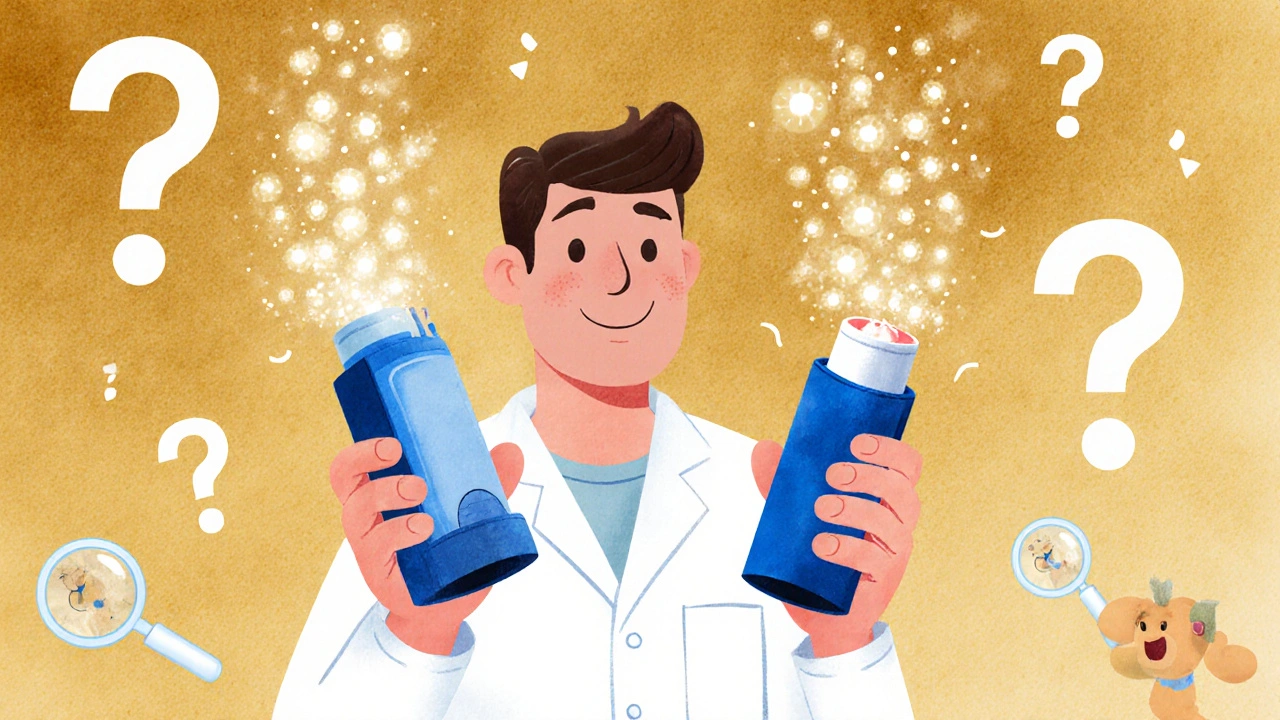Pharmaceutical Development: How Drugs Are Made, Tested, and Brought to You
When you pick up a pill at the pharmacy, you’re holding the result of pharmaceutical development, the complex, years-long process of discovering, testing, and approving medications for public use. Also known as drug development, it’s not just about making something that works—it’s about proving it’s safe, consistent, and better than what’s already out there. This process doesn’t stop once a drug hits the market. It continues with monitoring side effects, comparing it to generics, and adjusting how it’s used based on real-world data.
Behind every medication is a chain of science and regulation. bioequivalence, the measure of whether a generic drug performs the same way in the body as the brand-name version is one of the most critical checkpoints. If a generic version of metformin or losartan doesn’t absorb the same way, it could mean the difference between control and crisis for someone with diabetes or high blood pressure. That’s why tests like fasted vs fed state testing, how a drug behaves when taken on an empty stomach versus after eating are built into approval standards. These aren’t just lab exercises—they directly affect how you take your medicine and whether it works as expected.
Then there’s the legal and safety side. generic drugs, lower-cost copies of brand-name medications approved after patents expire are a huge part of modern healthcare, but they come with unique risks. Manufacturers of generics can’t be sued for design defects the way brand-name makers can. That puts the burden on doctors and patients to understand substitution rules, dosage accuracy, and hidden interactions—like how chocolate or coffee might interfere with thyroid meds or blood thinners. And when it comes to long-term use, drug safety, the ongoing evaluation of side effects, addiction potential, and organ damage over time becomes just as important as initial effectiveness. Acetaminophen overdose is the top cause of liver failure in the U.S., not because the drug is dangerous, but because people don’t realize how easily doses add up across multiple products.
What you’ll find in the articles below isn’t just a list of medications. It’s a map of the real-world consequences of pharmaceutical development. You’ll see how cancer pain is managed with opioids and nerve blocks, why anticholinergics might raise dementia risk, and how probiotics can turn dangerous for people on immunosuppressants. These aren’t random topics—they’re all outcomes of decisions made during drug development, approval, and prescribing. Whether you’re comparing Hyzaar to other blood pressure drugs or wondering if Dutasteride is better than Finasteride for hair loss, you’re looking at the end result of a system designed to balance innovation, safety, and cost. This collection cuts through the noise to show you what actually matters when a pill becomes part of your daily routine.

